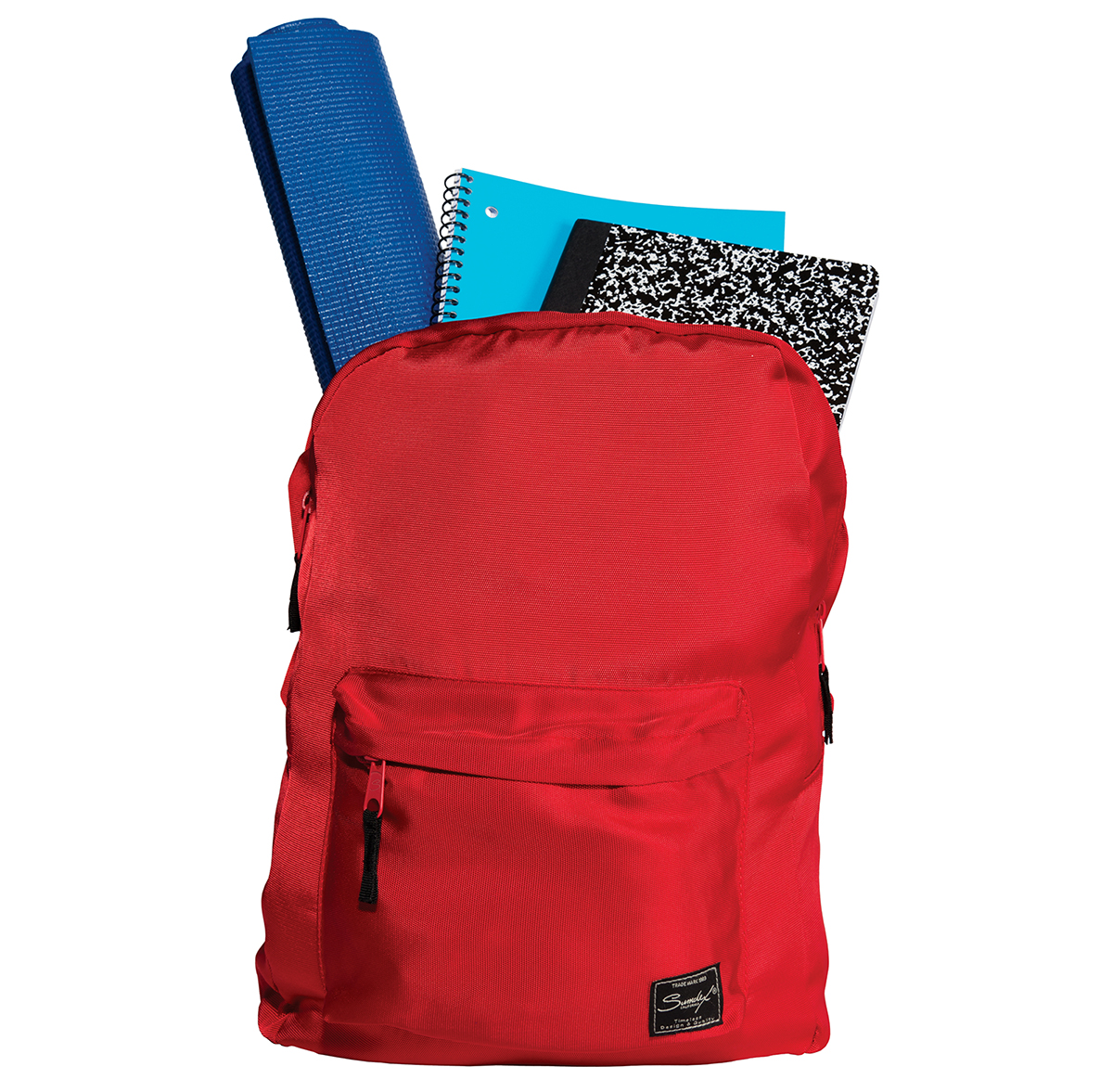Cobra Pose in the Classroom

Photograph by Marian Siljeholm
On this year’s back-to-school list: three-ring binders, pens and pencils, a new lunch box, and a…yoga mat?
It’s more common than you might think. Schools from Massachusetts to California are embracing alternative therapies such as yoga in the classroom, and for good reason: Local researchers have found that they can reduce substance abuse, social anxiety, and depression in teenagers.
One study—created by the Kripalu Center for Yoga and Health and Sat Bir Khalsa, an associate neuroscientist at Brigham and Women’s Hospital—examined the impact of yoga on high-risk students at Boston Latin. After completing 32 sessions during the 2014 academic year, the seventh graders were asked to fill out questionnaires this past spring. One result stood out more than others: a reduction in cigarette smoking.
Similarly, Mass General psychiatrist Nada Milosavljevic—whose work was recently published in Adolescent Psychiatry—is exploring the effects of acupuncture, aromatherapy, and sound therapy at three Boston-area public schools: Chelsea High School, Revere High School, and Cambridge Rindge and Latin. Since 2011, more than 100 students have participated in the eight-week sessions, spending 30 minutes each week on all three treatments. The most recent group of teenagers reported about a 30 percent decrease in stress and anxiety after treatment, with overall wellness increasing by about 40 percent.
“That’s huge,” Milosavljevic says of the results. “The use of sensory therapies such as acupuncture and aromatherapy offers many benefits to teens suffering from anxiety disorders, including self- empowerment, self-care, and long-term preventive care.”
The studies’ findings are particularly significant when you consider that 40 million adults in the U.S. suffer from anxiety disorders—and many of these issues begin in adolescence. “There is a huge burden of mental health problems in kids,” Khalsa says. “Yoga is exactly the kind of practice that can treat these risk factors.”


